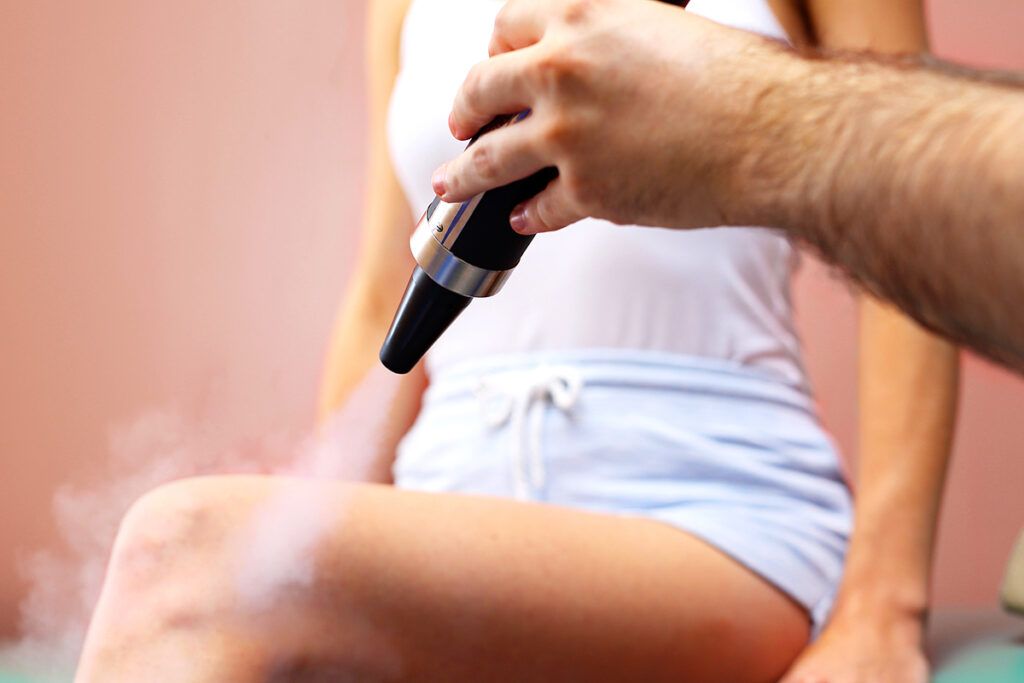Cryotherapy is a broad term that covers a range of treatments using cold temperatures. These therapies can range from using ice packs and cold compresses for muscle injuries to applying liquid nitrogen to treat cancer.
In the case of cancer, cryotherapy involves applying extremely cold temperatures to areas of the body with cancerous cells. These cells are frozen and then die. This process is also called cryosurgery or cryoablation.
Doctors may recommend cryotherapy to treat certain cancers and tumors, including:
- skin cancers
- retinoblastoma
- irregular cell changes in the cervix
- early stage prostate cancer
- liver cancer
- bone cancer
- non-small cell lung cancer
This article covers the different applications of cryotherapy, what you may need to do to prepare for it, and what the risks and benefits are.
Preparation

In the case of minor cryotherapy procedures, such as cold compresses and ice pack applications, there is often no need for specific preparation.
In the case of medical cryotherapy procedures, however, some preparation may be necessary.
Depending on the condition, you can take certain steps to prepare before undergoing cryotherapy. With some conditions, such as skin cancer, there is no need for any special preparation before cryotherapy.
But in general, if you’re undergoing cryosurgery, you can do the following to prepare:
- Clean your skin of any makeup, lotion, or cream.
- Wear loose, comfortable clothes.
- If you get whole-body cryotherapy, consider wearing gloves and socks to protect your limbs from frostbite.
- If cryotherapy aims to treat prostate cancer, you may need to fast beforehand.
What does the procedure involve
To treat cancer, cryotherapy uses extreme cold to freeze cancerous cells. This procedure uses liquid nitrogen or carbon dioxide to freeze the affected area.
Cryotherapy usually takes place in a hospital or clinic or at your doctor’s office. Depending on the area and condition that cryotherapy is used to treat, you may need to receive a local or general anesthetic.
Internal cryotherapy involves imaging tests, such as a CT scan or ultrasound.
For skin cancer and lesions, doctors will apply short freezes that last a matter of seconds. For atypical cells in the cervix, the procedure can last about 10 minutes, and cryotherapy for lung cancer takes about 30 minutes, according to the group Cancer Research UK.
Recovery
Recovery from cryotherapy begins almost immediately and can last 2–6 weeks, depending on the treatment area. It is important to keep any skin sores clean and dry. Over-the-counter pain relievers such as ibuprofen (Advil) and other nonsteroidal anti-inflammatory drugs can help treat discomfort.
If you have cryotherapy to treat irregular cells in the cervix, you can expect to experience period-like cramps and spotting for up to 4 weeks.
If you need help covering the cost of medications, the free Optum Perks Discount Card could help you save up to 80% on prescription drugs. Follow the links on drug names for savings on that medication, or search for a specific drug here.
